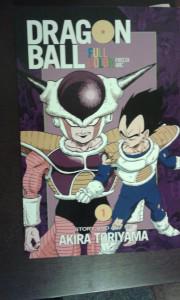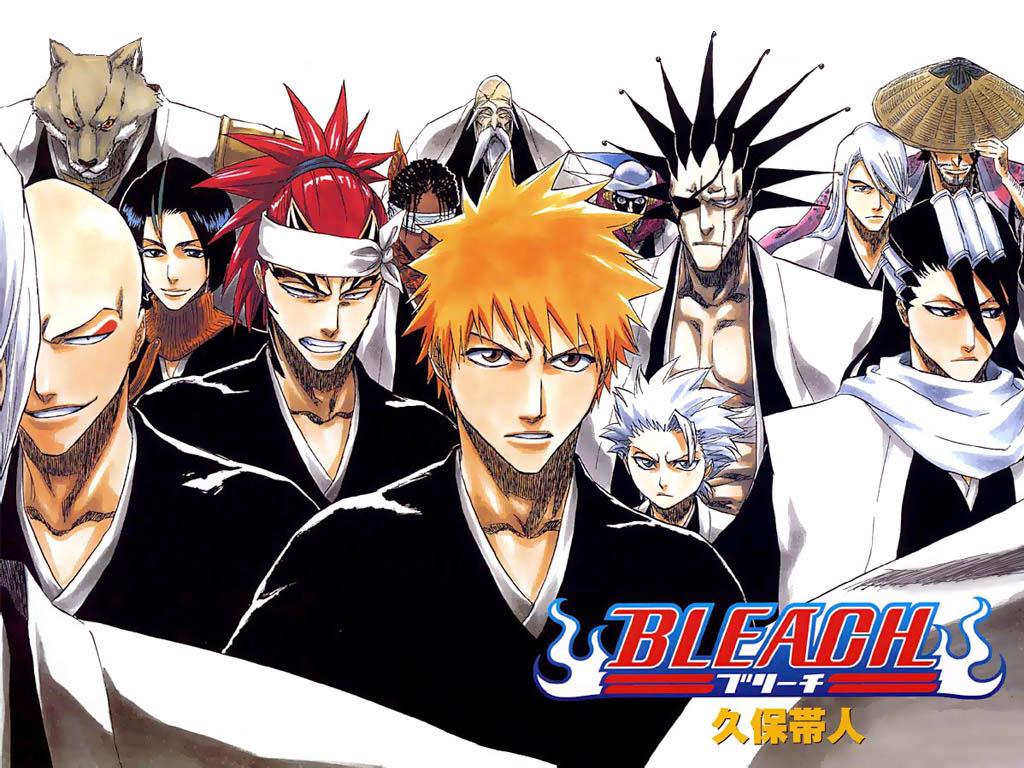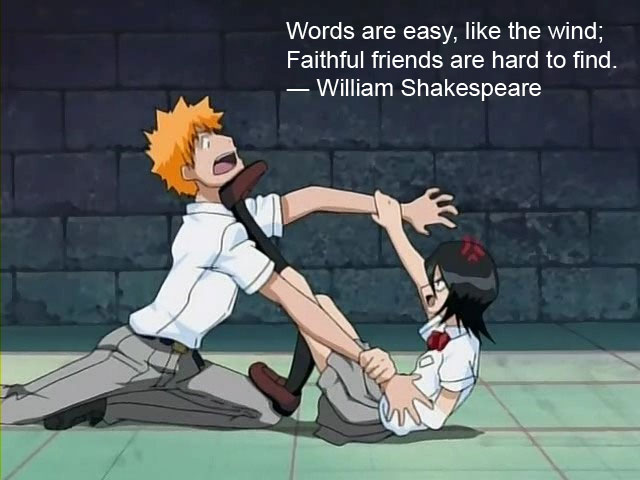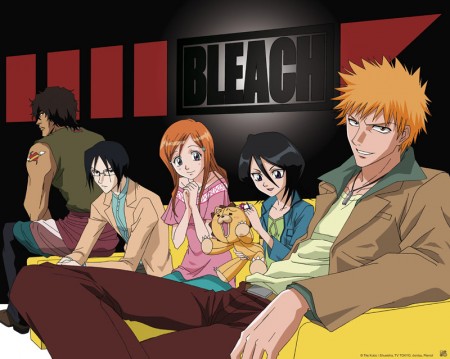
When I revisited Bleach, I decided to give it what I call the “kai” treatment. Named after Dragon Ball Z Kai, the kai treatment is how I approach long anime that are notorious for filler and story interruptions. I watched Naruto Shippuden using the same approach. The kai treatment involves skipping any episode, or even season, that interrupts the main storyline. It doesn’t matter if the sidestory is canon–that is, found in the manga–or not. I detest anything that interrupts or postpones a main story arc. For example, in Bleach‘s Hueco Mundo arc, I skipped Grimjaw’s backstory episode and several episodes of Udyu’s and Renji’s over-long “comedy” fights. I usually skip comedic or episodes I deem as annoying. I don’t care about villain backstories, and Bleach‘s idea of humor is, at best, annoying. These episodes only slow the story down. Skipping episodes like this, including the entire Captain Shūsuke Amagai and the Zanpakutō Unknown Tales arcs, didn’t hurt the story at all. In fact, Bleach became more engaging and interesting with the kai approach.
The fact I ended up skipping so many interruptions to the main story shows the problems with Bleach. I don’t have any problems with the arcs I skipped, but I did have problems with their timing. The interrupted the flow of the main arcs in ways that I found unacceptable when I first watched Bleach. Of course, the anime may have been following the manga release schedule. It is better when anime take a hiatus for the manga to catch up instead of interrupting the main story. Attack on Titan, for example, did this. While it might hurt interest in some ways–generating interest and anticipation as well–, breaks benefit the story.
As I watched the Bleach again, I noticed how short each episode was. After I skipped the introduction, the recap, and the ending credits, some episodes of Bleach included as little as 12 minutes of new content, and that estimate included further flashbacks and rehashes that could have been left out. Bleach‘s episode count was inflated by the slow pacing caused by this structure. Granted, when Bleach released a single episode a week, the recaps were welcome. However, when I binged, the recaps became a problem. Twelve minutes of story progression, out of a 24 minute run time, explained why when I watched Bleach during its Toonami run, it felt plodding at times. It still felt plodding with little actually happening during some of those 12 minutes.
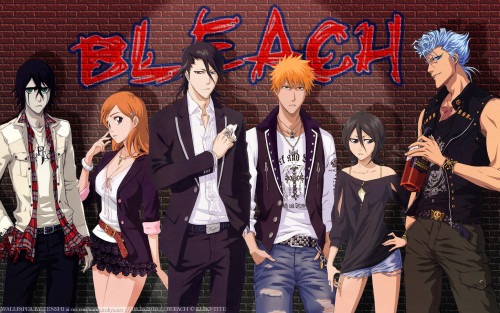
I’ve read that, after a point, Tite Kubo lost his passion for Bleach. Even if this wasn’t true, the anime showed its lack of direction and goal. When Bleach was good, it was good. When Bleach was bad, it was bad indeed. When I watched the first arc, I remembered how much I liked Bleach, how good it was in the beginning. As I’ve written ages ago, Bleach would have been better suited to a shorter run-time. It would’ve been better without the character bloat. But Bleach wasn’t the only story that suffered in manga history of these problems. As I’ve watched anime over the years, I’ve noticed how uneven anime can be, how a story would often fall apart as it stretched on too long. I suspected it was a side effect of the manga publishing cycle. I saw how American bestselling novels suffered from the same problems in recent years. Stories need a definitive end and a lean path toward that ending in order to rise to greatness. Meandering stories rarely reach the same quality.
My kai treatment of Bleach helped elevate the series back to decent in my assessment. Decent, if I ignore the fact that I had to give it such a kai treatment in the first place. But I’ve grown used to anime’s problems. Again, Naruto became good with the same treatment. Bleach‘s first arc, up until Aizen and friends go to Hueco Mundo, remained good. The first arc showed some of the problems that would plague Bleach‘s late game, but it was engaging, entertaining, and interesting. Sadly, by the Lost Substitute Shinigami arc, Bleach had lost much of its heart. This arc was interesting, however, as it explored Ichigo’s relationship with his powers and identity. But it lacked the same feel, the same energy, as the beginning of Bleach.
Don’t get me wrong. I liked Bleach. I liked it more after the kai treatment, but good story telling wouldn’t allow for a kai treatment. Such a story would be too tightly woven to remove even a single piece. Yet, this sort of editing often improves long-running anime. Granted, fans of Bleach or Naruto or any other long-running anime often enjoy the side stories. The problem comes from when these side stories interrupt the main stories. Bleach doesn’t stand out among anime with the problems I’ve explained here. They appear so often that interruptions have become part of anime’s story-telling template. Bleach remains, perhaps, one of the more unfortunate victims of long-running anime’s problems.
I enjoyed my revisit of Bleach even as I was disappointed by how much I skipped. I may return to the side stories at some point, but I don’t feel compelled to be reminded of how great Bleach could have been if it had remained in the flavor of its beginning. Have you revisited Bleach? How does it hold up for you?
